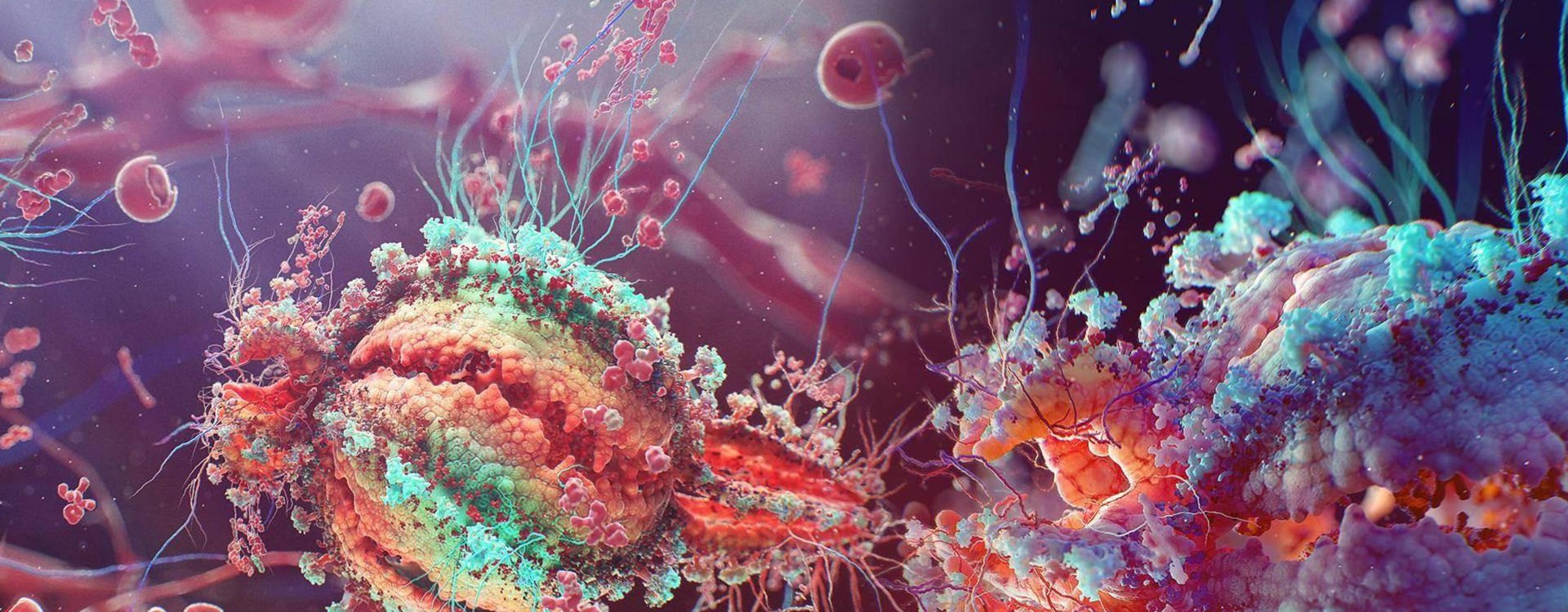Seminar Details
Herein, the roles of H3K4me3 active chromatin mark along with its writer enzyme MLL and eraser enzyme KDM5A during EMT is tested. MLLs and KDM5A are functionally antagonistic enzymes, KDM5A promotes EMT by occupying promoters of both epithelial and mesenchymal markers. When bound to E-cadherin promoter, KDM5A acts as a classical repressor by demethylating H3K4me3, but on mesenchymal marker promoters, it acts as a transcriptional activator by inhibiting the activity of HDACs and increasing H3K18ac. Further we report that when enzymatically inactive, KDM5A occupancy on E-cadherin enhances either MLL1 or MLL2 by physically interacting with them and that signalling pathways like ITG-FAK may regulate the enzymatic activity of KDM5A by phosphorylation. We further show that KDM5A is a part of COMPASS complex as it interacts with MLL1, MLL2 and WDR5.
Metabolic plasticity checked by curcumin treatment high KDM5A and low MLL2 expression leading to a state of silencing on metabolism related genes in HeLA and PC3 cells. In HaCaT cells, curcumin treatment reduced KDM5A and enhanced MLL2 thus setting a state of activation. When HeLa cells were treated with curcumin, KDM5A mediated reduction of TCA, ATP, PPP related genes was noted. Also, KDM5A mediated increase in ROS mediated apoptotic cell death was observed in HeLa, but HaCaT cells remained unaffected.
Modulation of H3K4me3 by MLL1 and KDM5A affect cell cycle progression. In fast cycling cell lines like HeLa and HaCaT, which are characterized by high RAS expression, it was observed that KDM5A is active and MLL is inactive, so when KDM5A is overexpressed, it leads to an S-phase arrest due to reduced global H3K4me3 associated heterochromatinization. In contrary to this, slow cycling, low RAS expressing PC3 cell line exhibits inactive KDM5A and active MLLs, thus leading to enhanced H3K4me3 mediated loose chromatin configuration that blocks cell cycle at G2/M phase.


